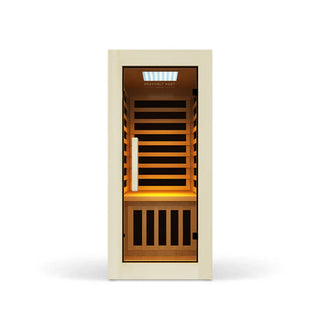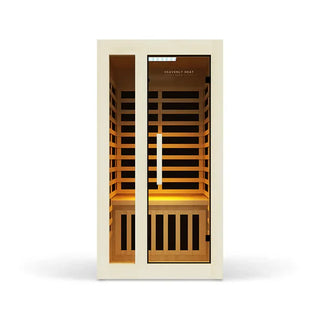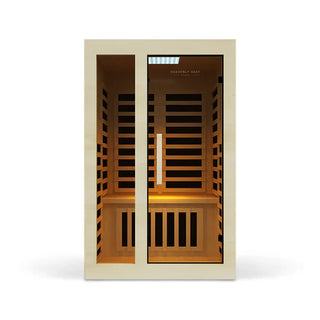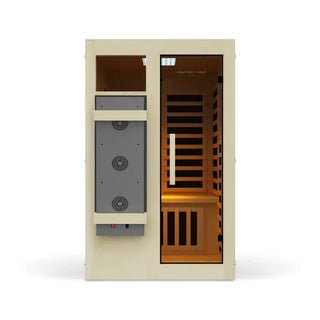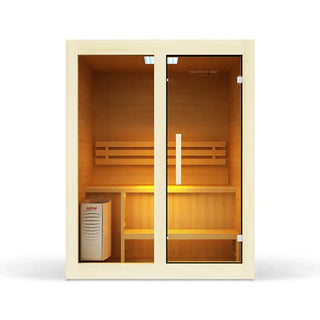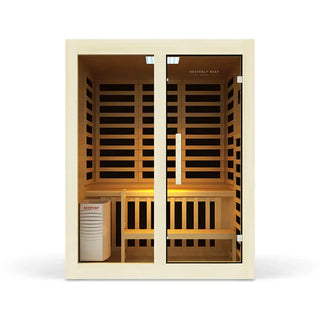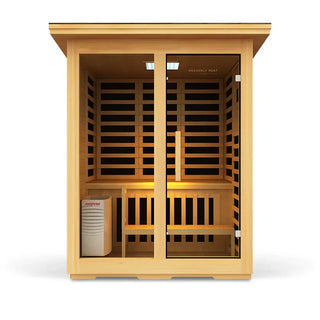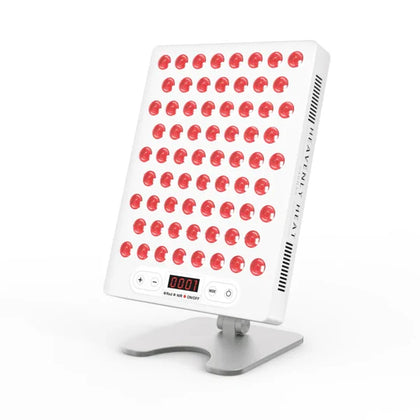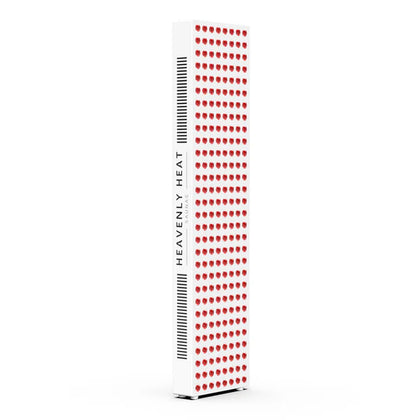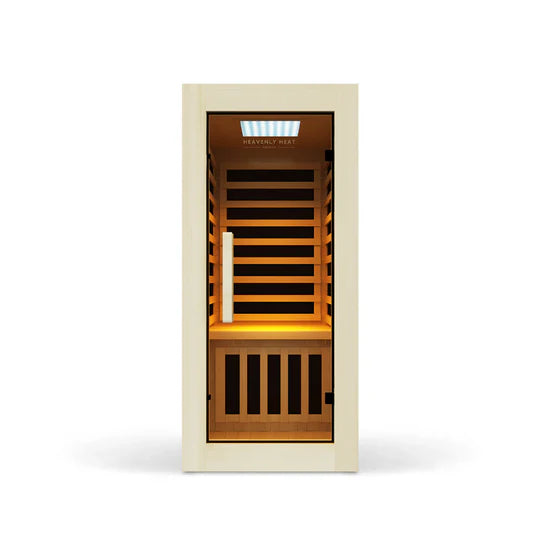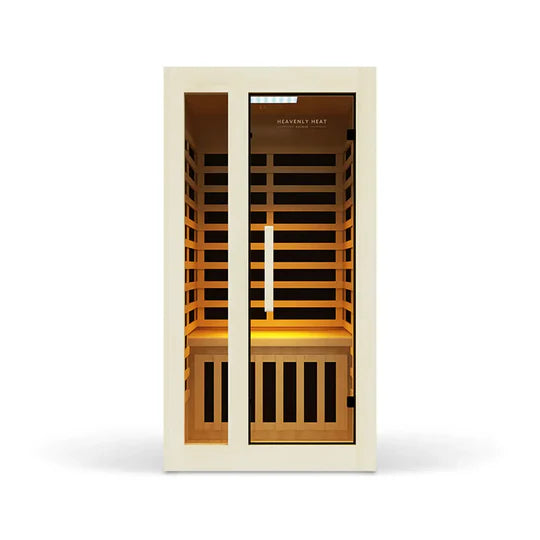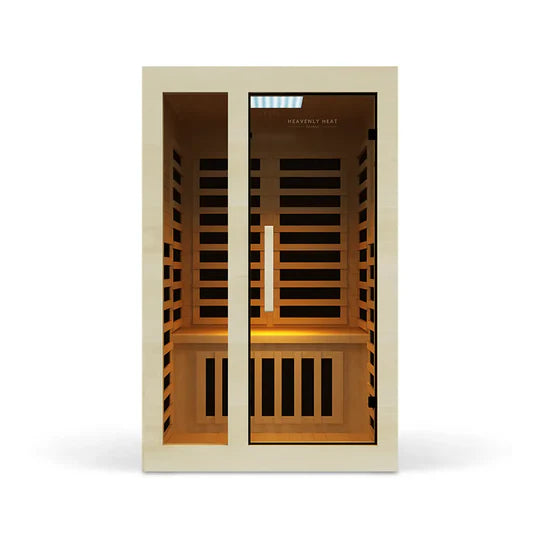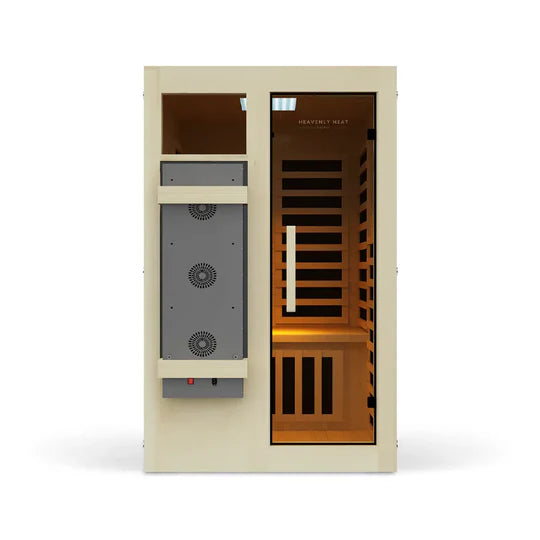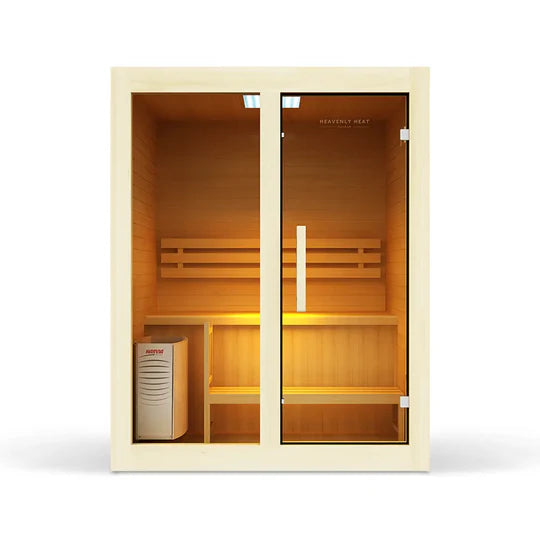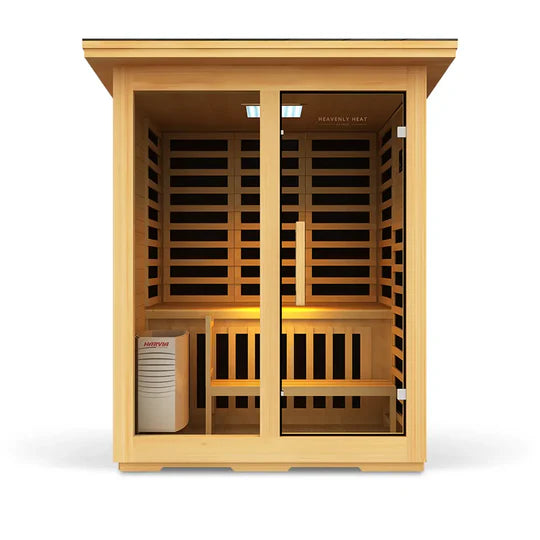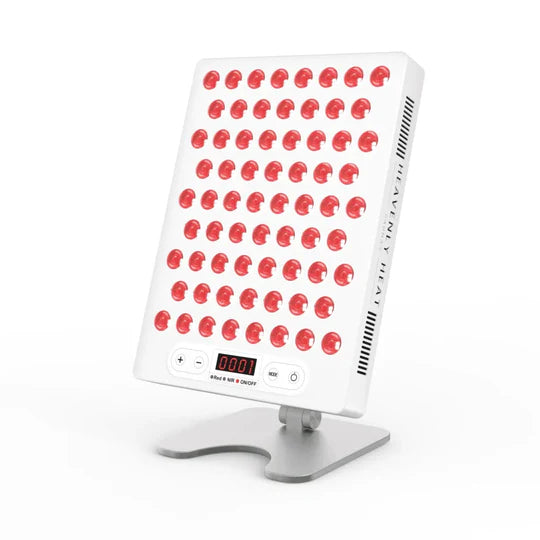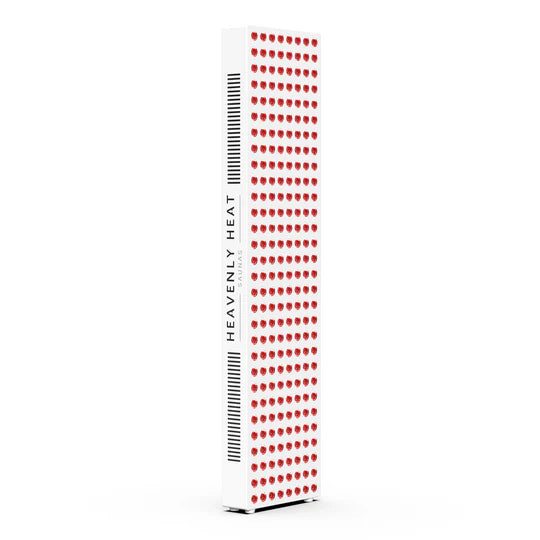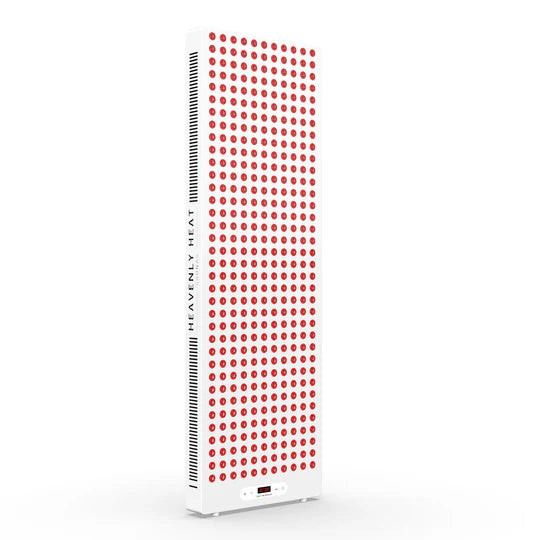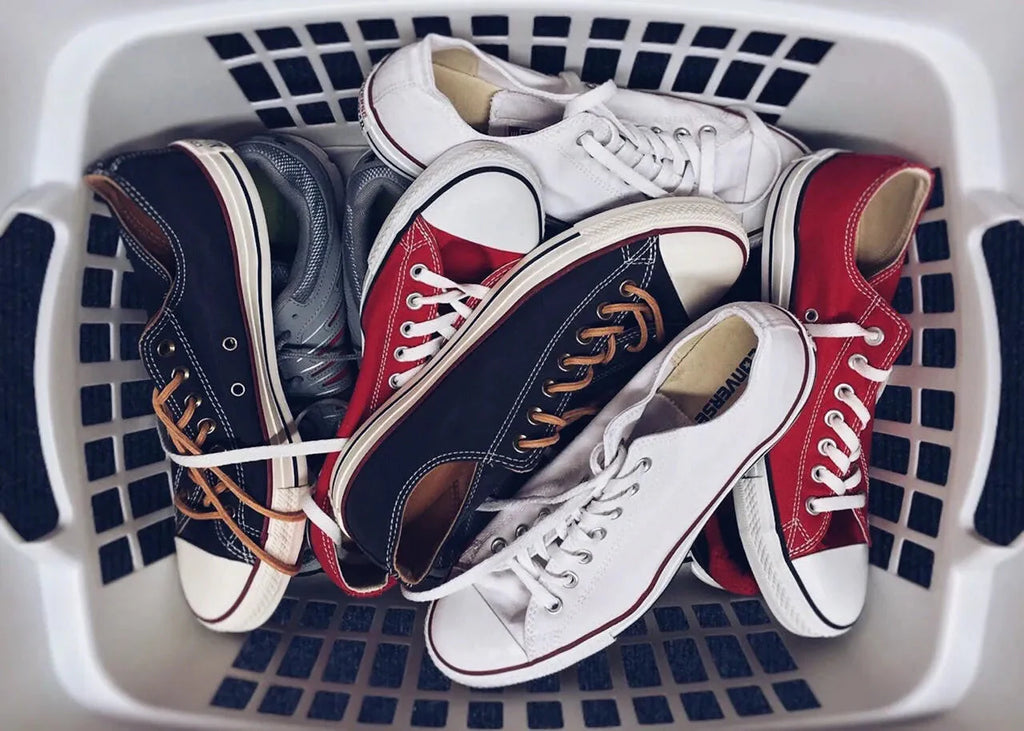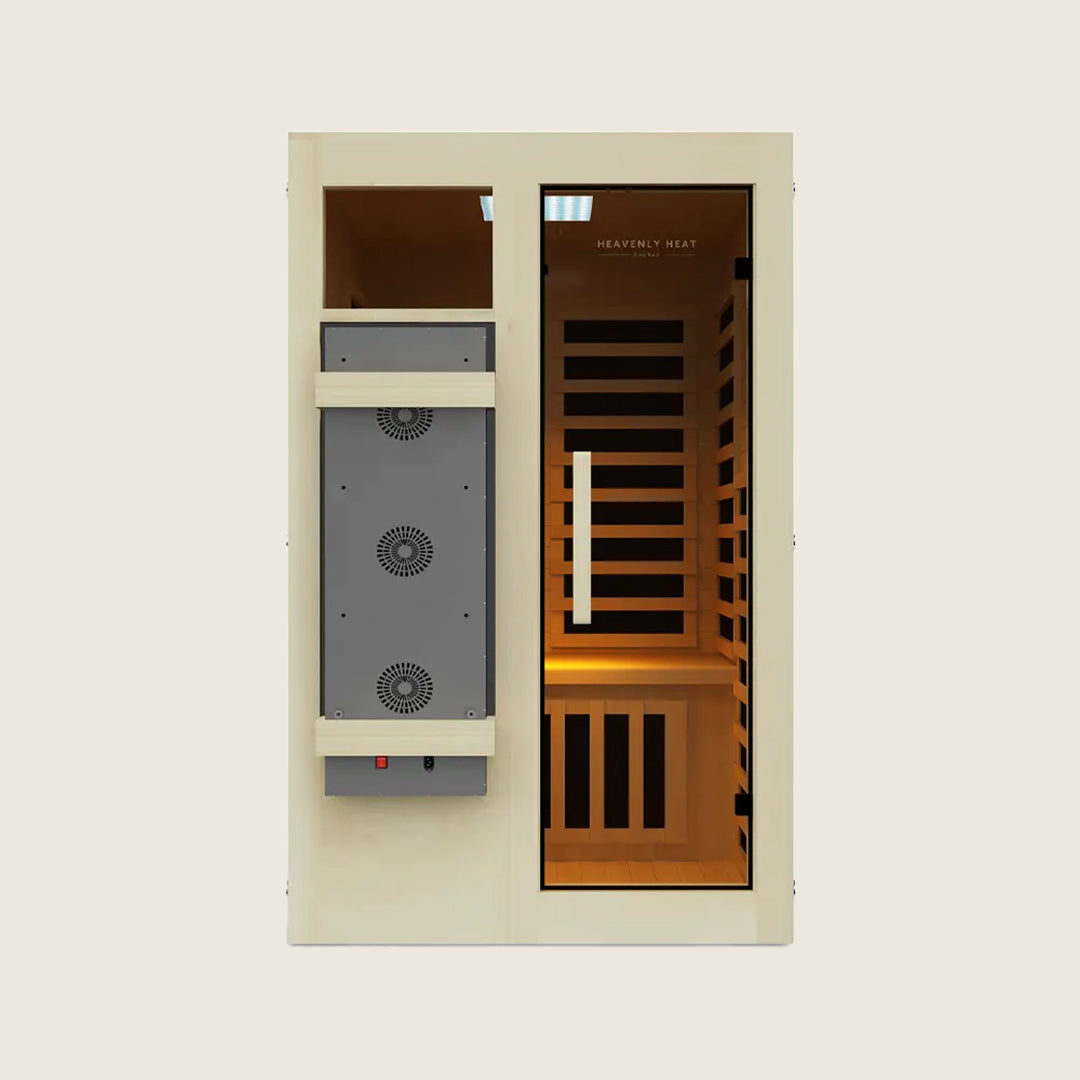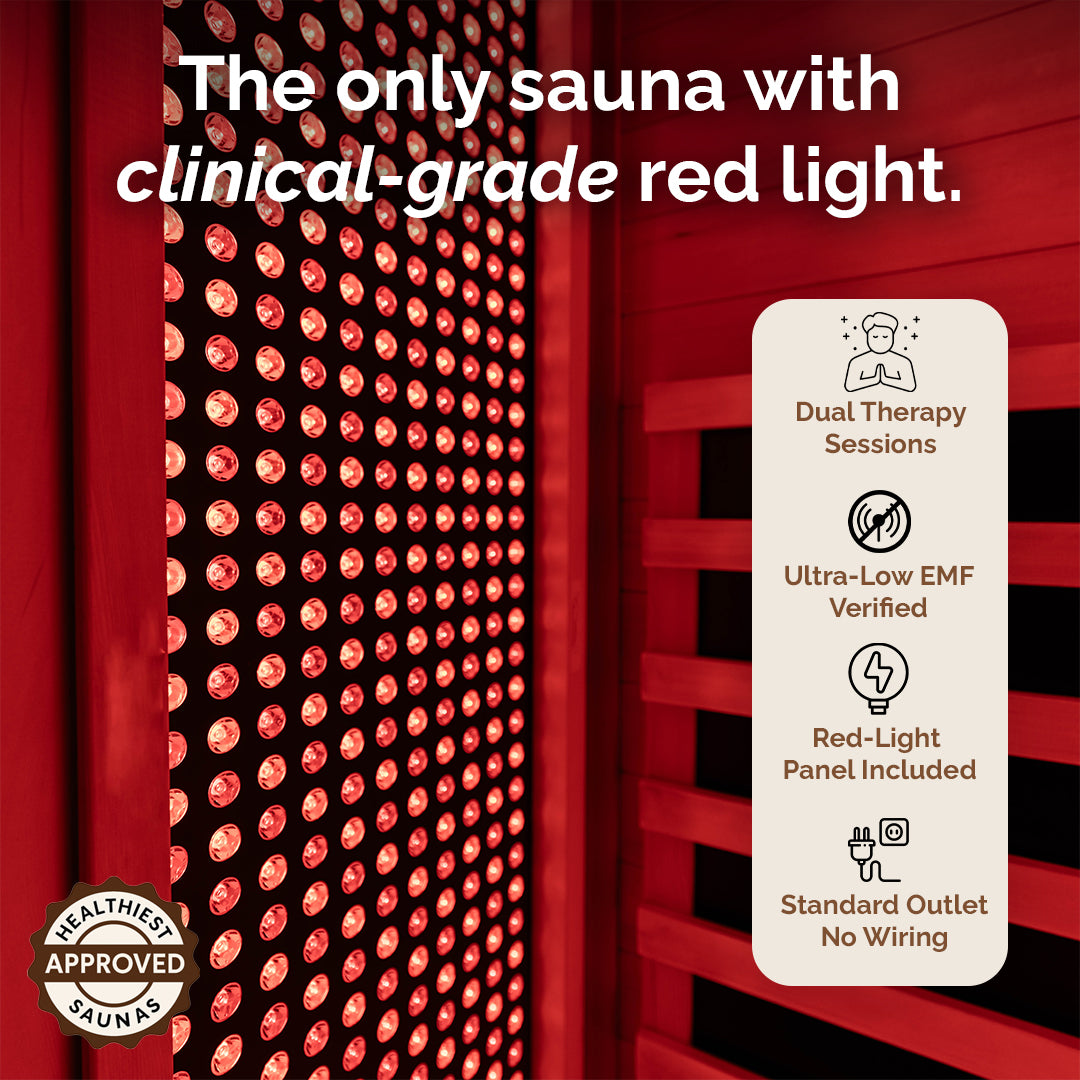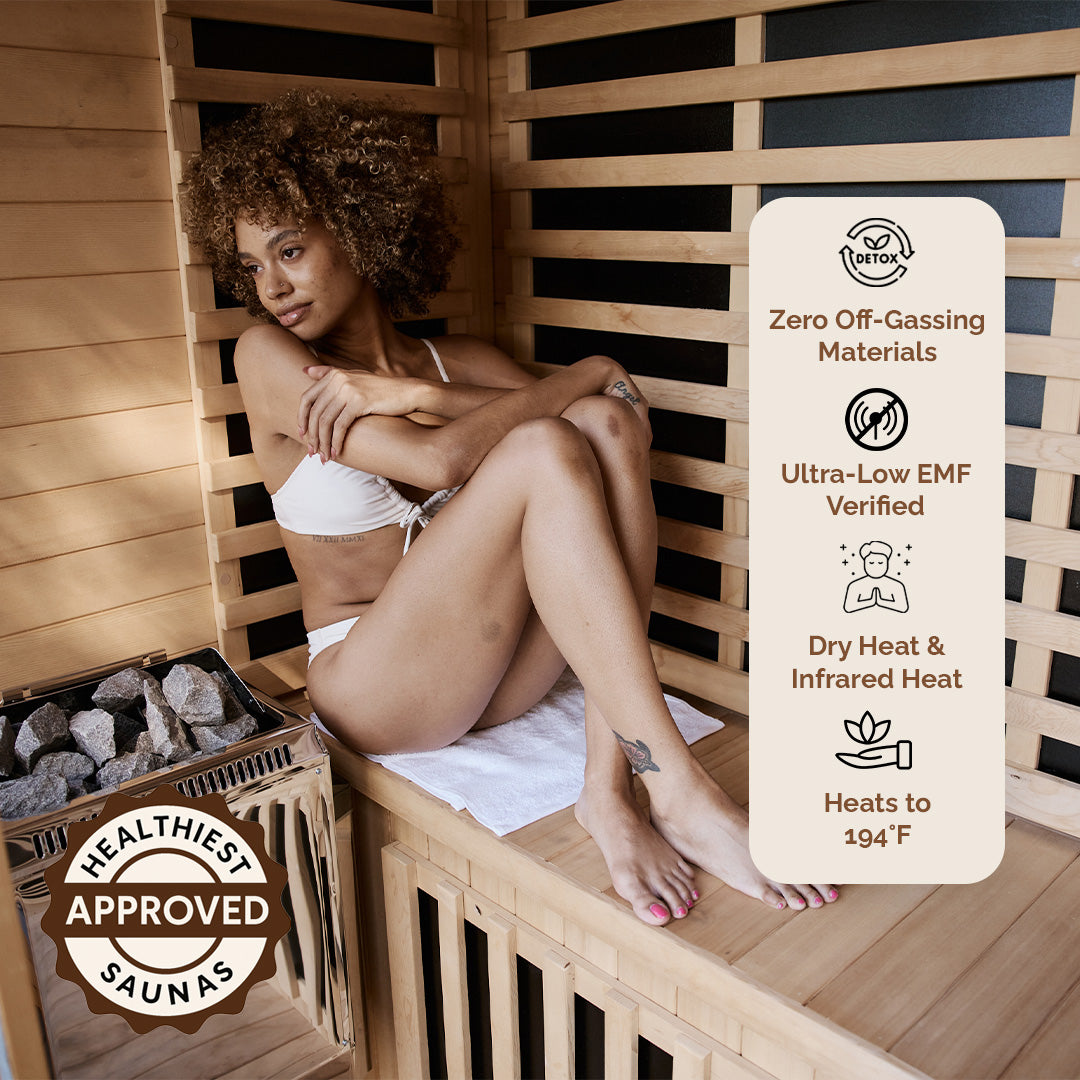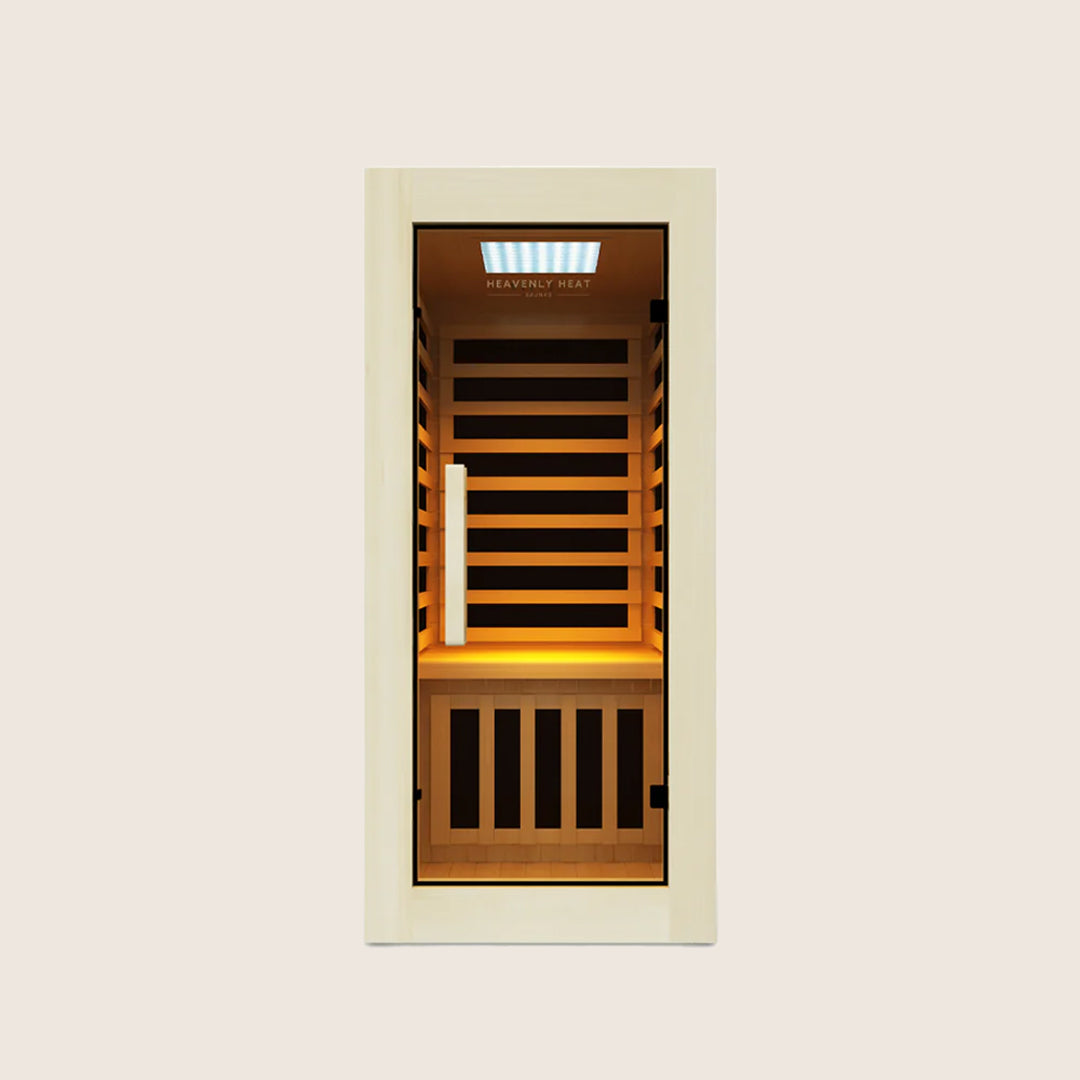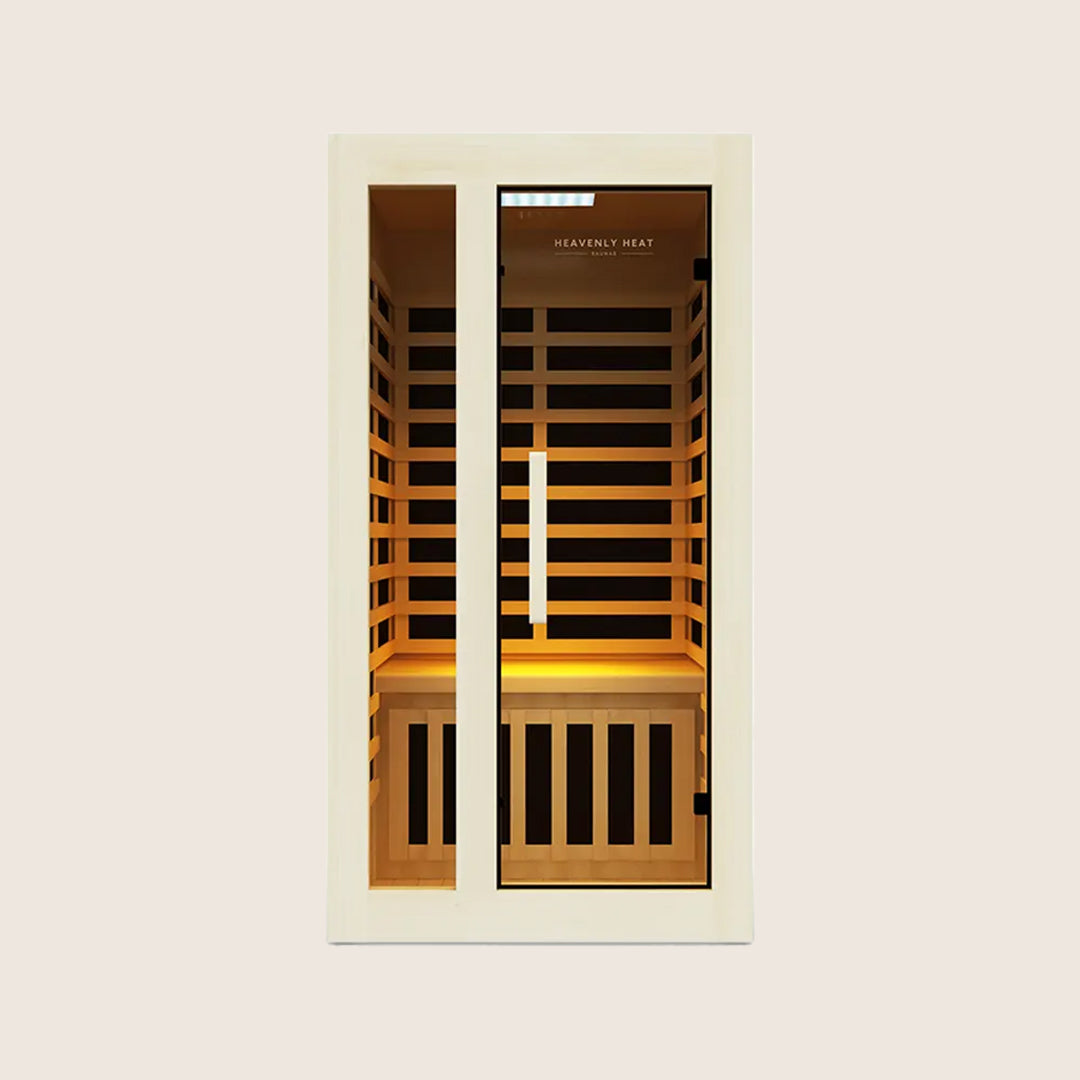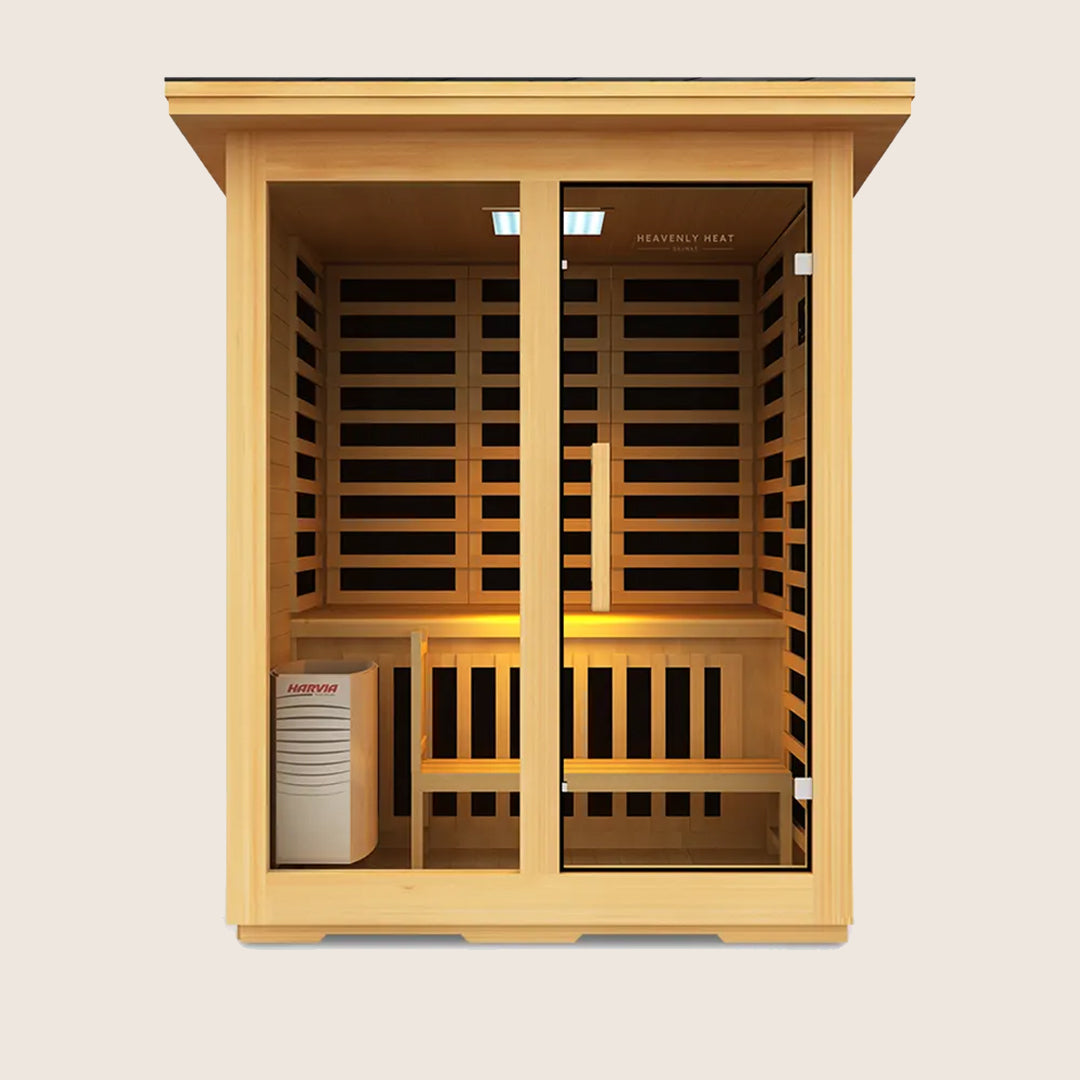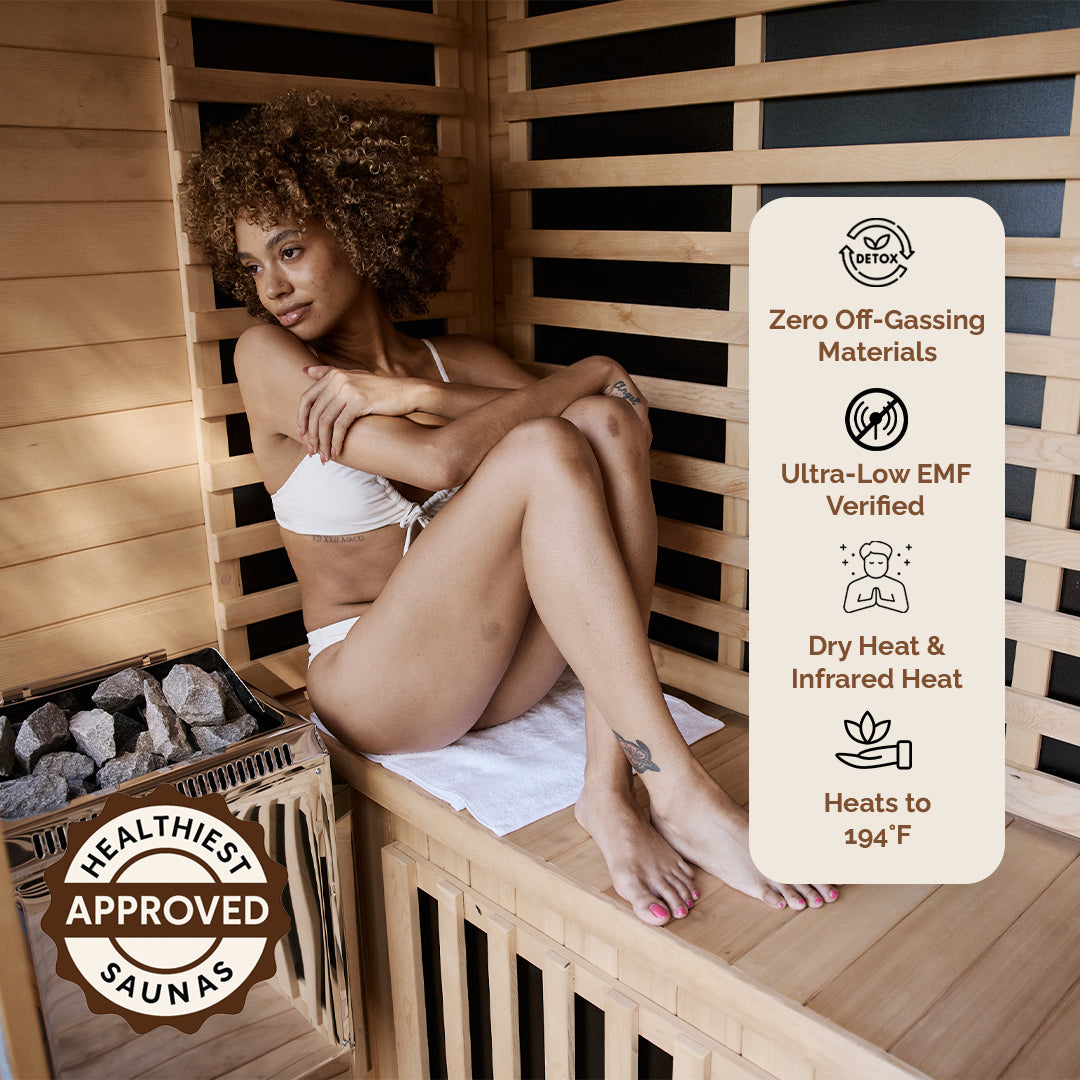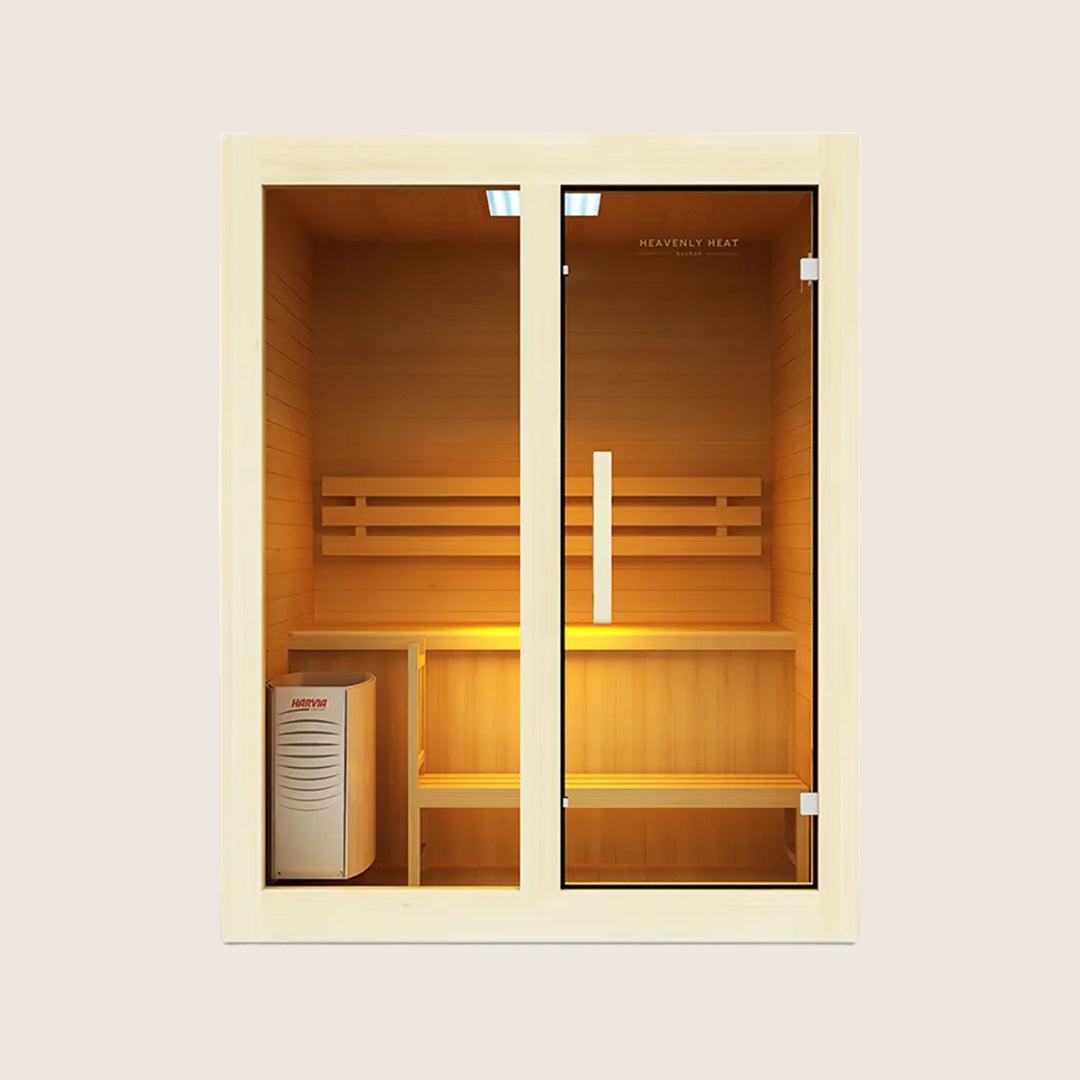Why Do You Have Headaches After Sauna?

Ever stepped out of a relaxing sauna only to be hit with a throbbing headache? You’re not alone, this is a common issue for many sauna-goers.
That blissful experience can quickly turn frustrating when discomfort takes over, ruining the benefits you hoped to enjoy.
Let’s dive into why this happens and how you can prevent post-sauna headaches.
What is a headache?
According to Penn Medicine, a headache is any pain felt in the head, scalp, or neck and is among the most common neurological complaints. Headaches occur for various reasons, ranging from temporary external triggers to underlying health conditions. They are classified into primary (not linked to another illness) and secondary (caused by another medical issue) types.
Primary causes of headaches include:
Stress and tension : Often lead to tension-type headaches, with dull, aching sensations.
Dehydration : Reduces brain fluid levels, triggering pain.
Sinus pressure : Infections or allergies can inflame sinuses, causing pain around the eyes and cheeks.
Caffeine withdrawal : Sudden reduction in intake may narrow blood vessels and provoke headaches.
Poor posture or eye strain : Leads to muscle tension and discomfort.
Hormonal changes : Especially in women during menstruation or menopause.
Headaches can affect daily life by making it difficult to concentrate, sleep, or perform routine tasks. The discomfort may interfere with work, mood, and overall quality of life. Fortunately, many headaches respond well to hydration, rest, stress management, or over-the-counter medications. For those seeking drug-free options, relaxation techniques like meditation or massage therapy offer practical relief. If symptoms persist, Penn Medicine recommends seeking professional diagnosis to rule out serious causes and access advanced care solutions.
Can a sauna help a headache?
- Sauna Sessions Can Reduce Headache Intensity: A study published in The Journal of Alternative and Complementary Medicine found that regular sauna sessions for eight weeks helped reduce headache severity. Participants experienced a significant drop in pain intensity, averaging a 1.27-point reduction on a pain scale from 0 (no pain) to 10 (worst pain).
- Heat from Saunas Helps Relax the Neck and Shoulders: The heat in saunas loosens tight muscles in the neck and shoulders, which are common areas for tension headaches. This relaxation helps ease the pain and makes headaches more manageable.
- Factors Like Dehydration Can Cause Headaches After Sauna Use: While saunas can relieve headaches, they can also trigger them in some individuals. Dehydration, blood pressure changes, or electrolyte imbalances are common causes of headaches after sauna use. Conditions like poor sauna ventilation or using the sauna on an empty stomach may also contribute.

Why Do You Have Headaches After Sauna?
Dehydration
When you sit in a sauna, your body gets hot fast, so it starts sweating to cool down. But as you sweat, you lose a lot of water and important minerals.
This drop in fluids makes it harder for your body to keep blood flowing well to your brain, which can bring on a headache.
One study , on women with migraines found that those who drank more water had fewer and less painful headaches.
Another review , also showed that not drinking enough water can trigger or make headaches worse, especially after something like a sauna.
Changes in blood pressure
When you sit in a hot sauna, your body heats up fast. To cool down, your blood vessels open wider, and this makes your blood pressure drop.
That sudden drop can leave you feeling lightheaded or give you a pounding headache. If your blood pressure is already on the low side, this drop hits even harder.
One large German study , found that teens who often had headaches also had lower blood pressure than those who didn’t.
Another study , from the UK found the same thing, people with low blood pressure often felt dizzy, tired, and got more headaches.
Electrolyte imbalance
When you sit in a sauna, you sweat a lot, and with that sweat, your body loses important minerals called electrolytes, like sodium, potassium, and magnesium.
These electrolytes help your brain and nerves work properly. When their levels drop, your brain can’t function the way it should, and that can trigger a headache.
People who get migraines are even more sensitive to this. Their brains need more electrolytes to keep things running smoothly.
According to the Federation of American Societies for Experimental Biology , keeping the right balance of electrolytes, especially potassium and magnesium, can actually prevent migraines without medicine. So after a sauna, it’s smart to replace what you’ve lost.
Pre-existing Medical Conditions
- Having High Blood Pressure Can Make Sauna Headaches Worse: When you already have high blood pressure, the heat from the sauna increases blood flow, which can bring on a headache during your session.
- Joint Problems Can Turn Sauna Heat Into Head Pain: If you have arthritis or inflamed joints, the heat may make things worse and cause tension headaches as your body reacts to the discomfort.
- Heart or Breathing Issues Make Headaches More Likely in the Sauna: People with heart disease or lung problems may struggle with the hot air, and this stress on the body can lead to headaches.
- Diabetes and Migraines Can Make the Heat Hard to Handle: If you have diabetes or often get migraines, the sauna heat might be too much for your system and trigger head pain.
- Slow Metabolism From Thyroid Issues Can Lead to Overheating: Those with hypothyroidism may not handle heat well, and this can cause their body to overheat and result in a headache.
- Talking to a Doctor First Can Help You Avoid Sauna Problems: If you have any of these health issues, checking with a healthcare provider before using a sauna is a smart and safe move.
Lack of ventilation in saunas
If you walk out of a sauna with a pounding headache, poor ventilation might be the reason. When fresh air can’t flow in and out properly, heat, carbon dioxide, and other stuffy air get trapped inside.
This makes it harder to breathe and puts stress on your body. Your head starts to throb, especially if you're already sensitive to warm, tight spaces.
A study in the Annals of Indian Academy of Neurology , found that people in stuffy indoor environments had more headaches and migraines. So, if the air feels heavy in the sauna, your head might feel it too.
Empty stomach
Entering a sauna on an empty stomach can lead to low blood sugar, causing headaches.
When your body doesn’t have enough fuel, the heat may amplify discomfort. To avoid headaches, eat a light snack like fruits, nuts, or yogurt for about 30 minutes before entering the sauna for stable blood sugar.

How can I prevent headaches after a sauna?
Take a shower
- Taking a cold shower cools your body and reduces headache chances: To prevent headaches after a sauna, taking a cold shower can really help. It cools your body down, helps regulate your temperature, and brings blood flow back to normal, which may ease headache symptoms.
- A cold plunge after showering makes your body feel even better: Some also find that following up with a cold plunge or ice bath, rather than just a shower, enhances circulation, reduces inflammation, and promotes better mental clarity.
- Waiting before your shower helps your body adjust safely: It’s best to wait 10–15 minutes before jumping in the shower, starting with warm water and then cooling down gradually.
- Showering washes off sweat and leaves you feeling fresh: This also washes away sweat , leaving you refreshed and helping your body recover better.
Wear Sauna-friendly Clothing
- Wearing light clothes helps your body stay cool in the sauna: Sauna-friendly clothing like cotton lets your skin breathe and prevents your body from getting too hot. This helps avoid the overheating that often causes headaches after using a sauna.
- A soft cap protects your head from too much heat: Wearing a cotton or wool cap keeps direct heat off your head. This small step can stop the heat from triggering headaches and makes your sauna time feel much more relaxing.
Don’t stay in the sauna for too long.
Don’t stay in the sauna too long, as overheating and dehydration can trigger headaches. When your body overheats, blood vessels expand, leading to head pain.
To prevent this, limit your sauna time to 15-20 minutes, stay hydrated, and take breaks to cool down.
Controlled Breathing Techniques
One simple way to prevent headaches after a sauna is by using slow, deep breathing. The heat can raise your blood pressure and heart rate, which often leads to that throbbing pain in your head.
But deep breathing helps calm your body down. A study in Jurnal Keperawatan Padjadjaran , showed that people with high blood pressure felt no headache at all after four days of doing slow deep breathing, just four times a day.

Can Certain Foods or Drinks Before a Sauna Increase Headache Risk?
- Salty Foods and Alcohol Dehydrate Your Body: Salty foods and alcohol pull water from your body, increasing the risk of dehydration and making headaches more likely before a sauna session.
- Caffeine Can Trigger Headaches by Narrowing Blood Vessels: Caffeine may narrow your blood vessels, leading to headaches after spending time in the heat of a sauna.
- Low Electrolytes Make It Harder to Stay Hydrated: A diet lacking in essential electrolytes like potassium and magnesium can make it more difficult for your body to stay hydrated, increasing the chance of a headache.
- Heavy Meals Disrupt Digestion and Blood Flow: Eating a heavy meal before a sauna session can make digestion harder and affect blood flow, leading to discomfort and headaches.
- Hydrating Snacks Help Prevent Post-Sauna Headaches: Choose light, hydrating snacks like watermelon, oranges, and berries to stay hydrated and avoid headaches after the sauna.
Conclusion
Headaches after a sauna are commonly caused by dehydration, blood pressure changes, electrolyte imbalances, pre-existing medical conditions, poor ventilation, or entering on an empty stomach.
Recognizing these factors and taking preventive measures, such as staying hydrated, maintaining proper ventilation, and avoiding prolonged sauna sessions, can help you avoid discomfort.
While saunas offer great relaxation benefits, understanding your body’s limits is key to ensuring a safe and enjoyable experience
FAQs
Can wearing the wrong type of headgear or accessories in a sauna contribute to headaches?
Wearing the wrong headgear in a sauna can cause headaches. Tight hats or headbands restrict blood flow, while non-breathable materials trap heat. Wet towels can also trigger headaches due to the combination of moisture and heat. Sauna-specific caps, if too tight, increase pressure and heat buildup. To avoid this, choose breathable, lightweight headgear that fits comfortably and allows air circulation.
Is sensitivity to heat or personal heat tolerance a factor in post-sauna headaches?
Low heat tolerance can increase the likelihood of headaches after a sauna session. If your body struggles with heat, it can cause discomfort, especially if you're sensitive to higher temperatures. Gradually increasing sauna session lengths can help improve heat tolerance and reduce post-sauna headaches.
Could your breathing technique or respiratory condition affect the likelihood of a headache after using a sauna?
Breathing plays a crucial role in how your body handles heat and humidity in a sauna. Shallow or rapid breaths can cause headaches due to low oxygen levels, especially for those with respiratory issues like asthma or nasal congestion. In contrast, controlled, deep breathing increases oxygen flow, promotes relaxation, and reduces the risk of headaches. Slow, deep breaths help your body manage the sauna’s heat and prevent discomfort.
Do hormonal fluctuations (e.g., during menstruation or menopause) make you more prone to sauna-induced headaches?
Hormonal fluctuations during menstruation and menopause can increase the risk of headaches in the sauna. Menstruation can make women more sensitive to physical stress, while fluctuating estrogen levels during menopause and perimenopause, along with hot flashes, can affect blood pressure and trigger headaches. Recognizing these links can help manage sauna-related headaches.


